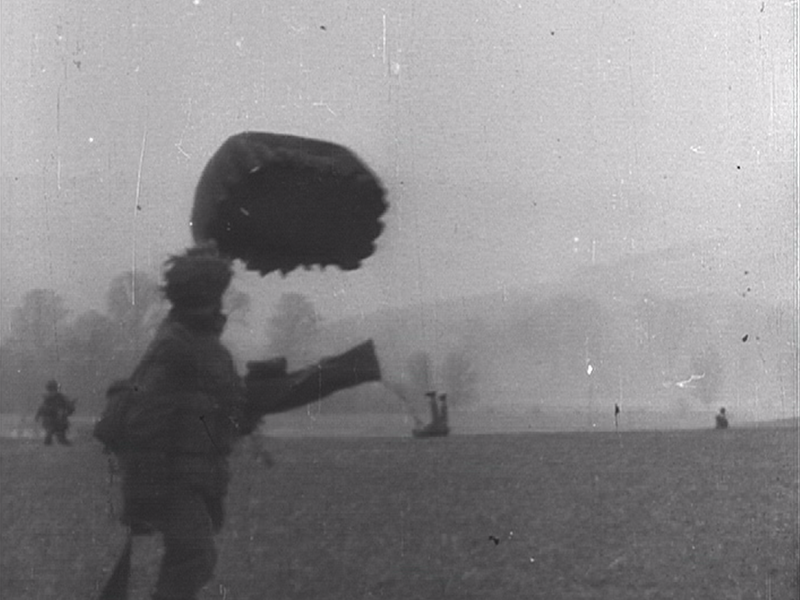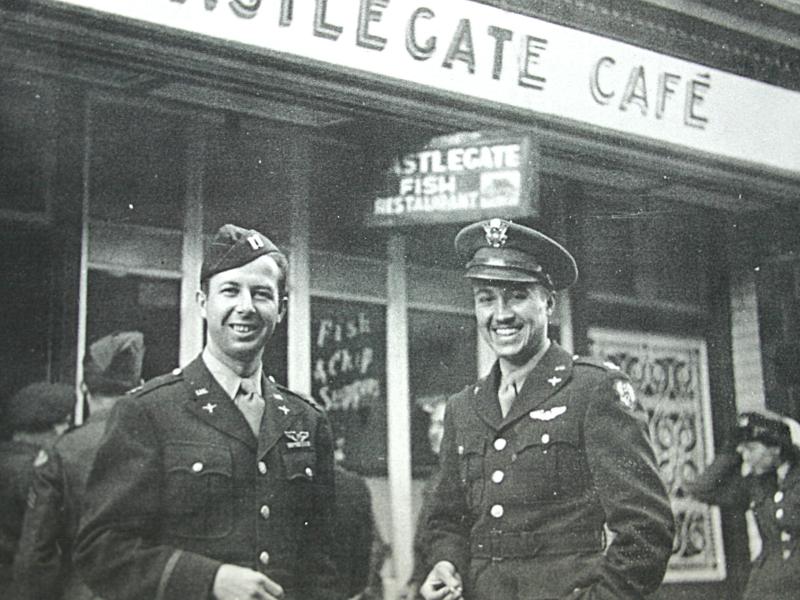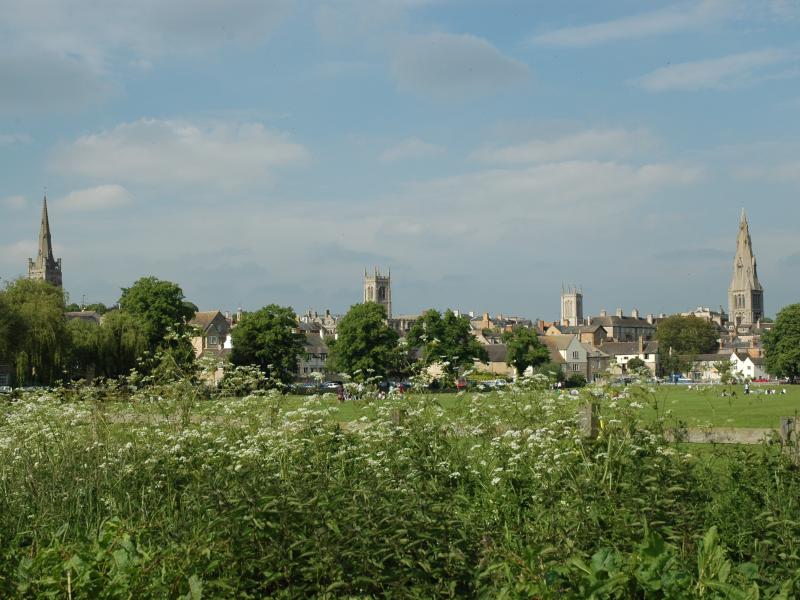A Story of Three Nations
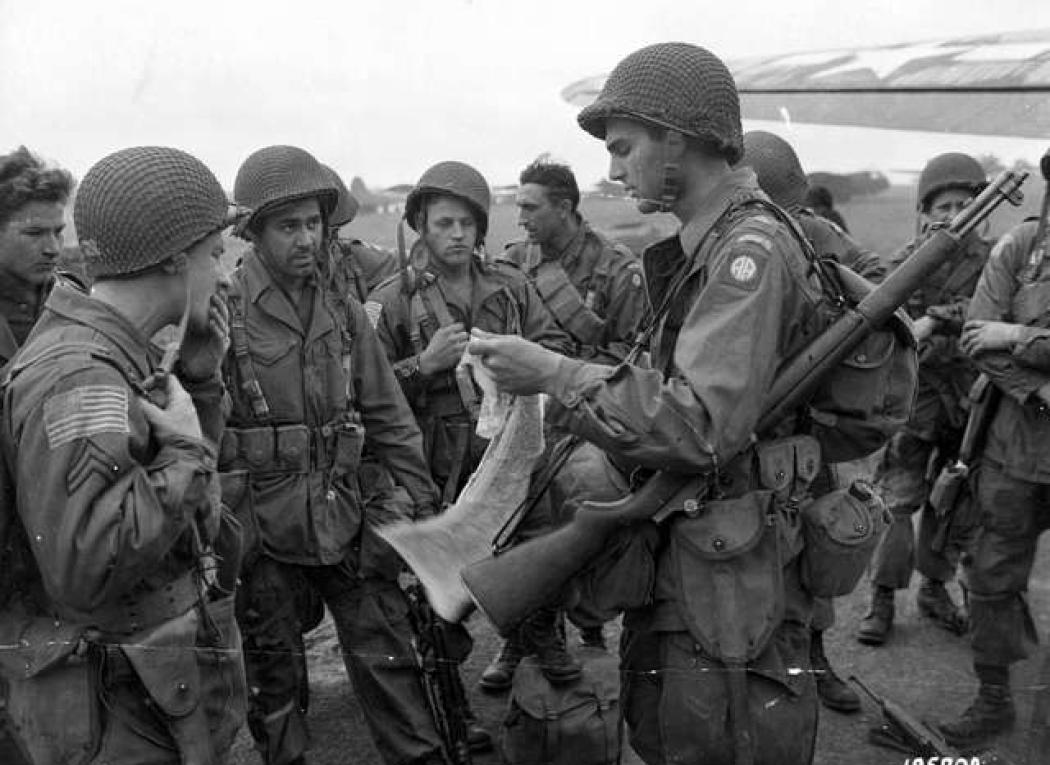
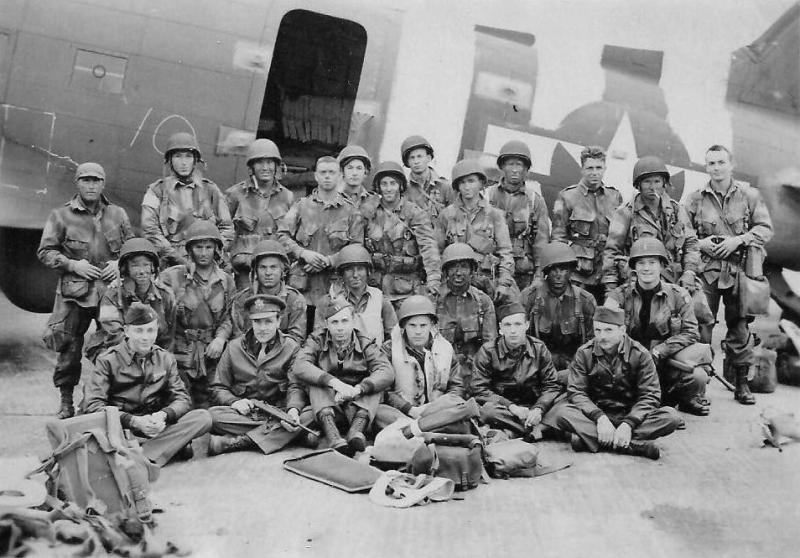
Pathfinder aircrew and men of the 2nd Battalion, 505th Parachute Infantry Regiment, 82nd Airborne Division, next their C-47 aircraft at North Witham airfield on 5 June 1944, just hours before they flew to Normandy on D-Day. (US Army)
From late 1943, British, American and Polish Airborne forces began arriving in the East Midlands of England. These were the only three nations among the Allies in western Europe that possessed large Airborne formations.
Eventually, well over 20,000 men of the British 1st Airborne Division, the US 82nd Airborne Division and the 1st Polish Independent Parachute Brigade were based in the area.
In addition to the paratroopers and glider troops of these formations, thousands of men of the US Army Air Force IX Troop Carrier Command were based at its Headquarters at St Vincent's Hall in Grantham and at Troop Carrier airfields throughout the local area (Balderton, Barkston Heath, Bottesford, Cottesmore, Folkingham, Fulbeck, Langar, North Witham, Saltby and Spanhoe).
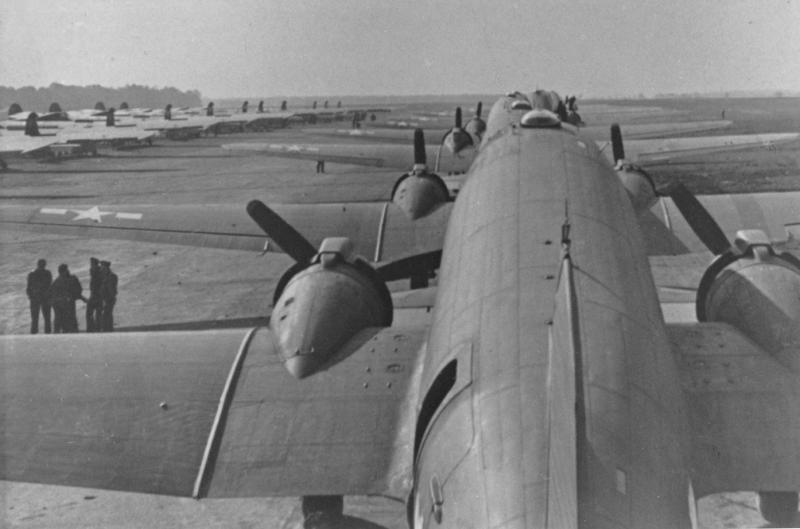
C-47 Skytrains of the 313th Troop Carrier Group line up for take off at Folkingham in September 1944. (American Air Museum in Britain/IWM FRE 3392)
In 1944, Allied Airborne troops flew into action from the East Midlands on two historic combat operations:
Operation NEPTUNE (D-Day, June 1944): US aircraft from local airfields dropped over 6,300 US paratroopers of the US 82nd Airborne Division in Normandy.1
Operation MARKET GARDEN (17-25 September 1944): US aircraft from local airfields dropped over 8,600 British, US and Polish paratroopers in the Netherlands, and towed more than 3,000 US glider troops to their landing zones.2
Men of ‘B’ Company, 2nd Parachute Battalion, at Saltby airfield on Sunday, 17 September 1944.
They are preparing their kit and parachutes prior to boarding USAAF C-47s of the 314th Troop Carrier Group for the flight to Arnhem. (Via Bob Hilton, still from a film by Sgt CM Lewis, British Army Film and Photographic Unit)
Immediately after German forces in Europe had formally surrendered to the Allies in May 1945, US aircraft flew British Airborne troops on two operations from Lincolnshire: to Norway on Operation DOOMSDAY and to Denmark on Operation ECLIPSE. These operations supervised the surrender of German forces in Norway and Denmark, and helped return civilian government to these nations.
Tragically for many of the Allied Airborne soldiers, this small corner of England was the last friendly soil that they would ever step foot on again.
